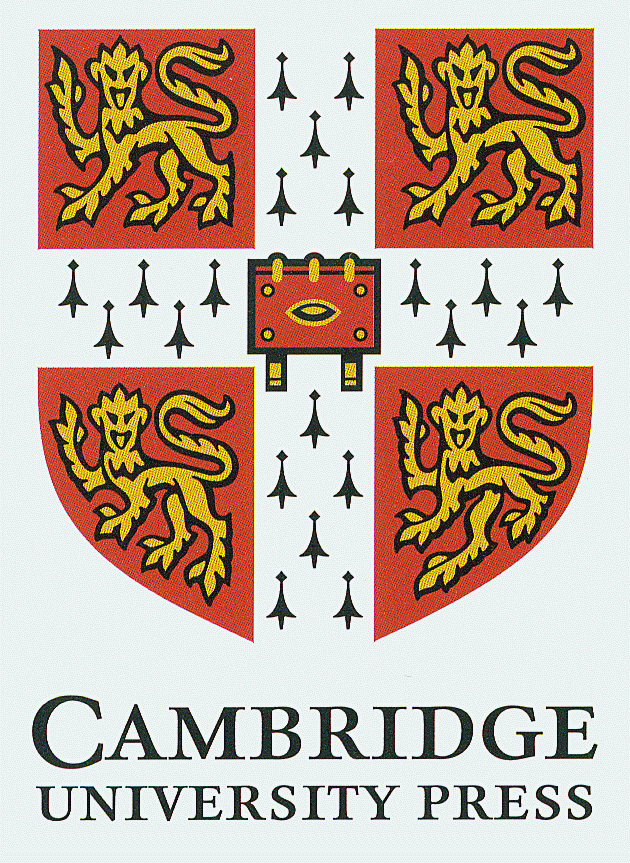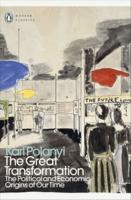Publisher's Synopsis
Teams are commonly celebrated as efficient and humane ways of organizing work and learning. By means of a series of in-depth case studies of teams in the United States and Finland over a time span of more than 10 years, this book shows that teams are not a universal and ahistorical form of collaboration. Teams are best understood in their specific activity contexts and embedded in historical development of work. Today, static teams are increasingly replaced by forms of fluid knotworking around runaway objects that require and generate new forms of expansive learning and distributed agency. This book develops a set of conceptual tools for analysis and design of transformations in collaborative work and learning.










